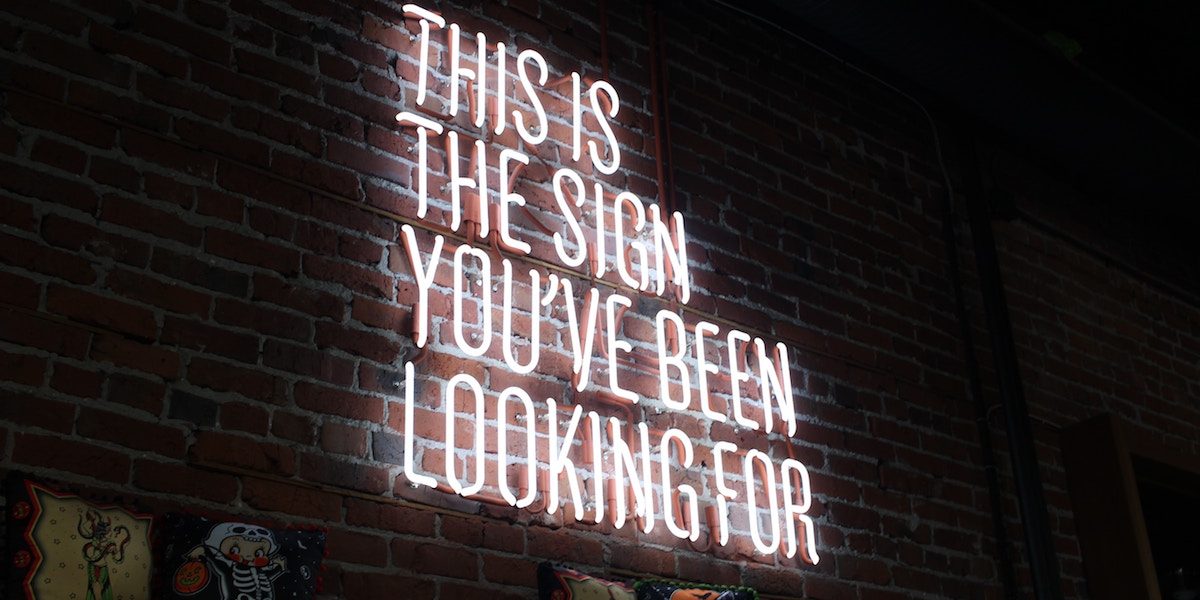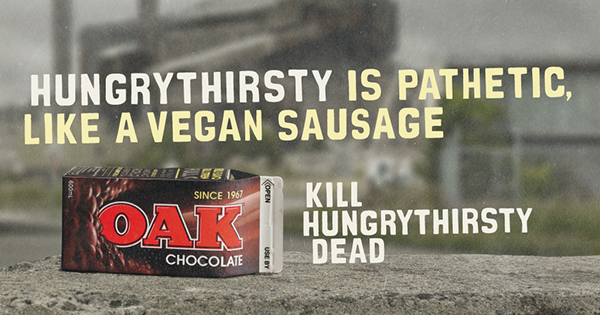OSCARS – WHAT ARE THEY REALLY ABOUT?
I was watching the Oscars… well I didn’t watch the actual Oscars, I was streaming the funny bits of the Oscars (eg the hilarious triumvirate of Tina, Amy and Maya); and some of the acceptance speeches: Olivia Colman’s and Spike Lee’s, most notably.
And I was thinking, the TV audience of the awards is currently trending down year on year but does that meant the advertising strength of the awards is also down?
If we look at the numbers, it would appear the Oscars hasn’t lost any of its relevancy – as the cultural zeitgeist is still very much aware, and the streaming and social media mentions number in their millions. Last year after the La La Land/Moonlight there were “635,000 social engagements in the minutes following the fiasco”
Not only is streaming and mentions are still going strong but many do not realise that advertising and marketing is so entrenched in the Oscars telecast.
From the self-promotion of actors/auteurs delivering their own personal brand from clothing like Trey and Matt…

or political/social awareness see Spike Lee, Susan Sarandon or Richard Gere:
There’s fashion designers and jewellers calling in favours from A-Listers to wear their wares. Sarah Paulson fell into the Maria Von Trapp with this dress that was formerly a curtain.


This was linda cardelini.
The women aren’t alone either – Pharell I’m not sure the designer listened when he said clean cut like a military man:

The nominated people, producers and movies get free advertising
a) To the public to go see the film
b) To their peers when they are going for their next job.
If it wasn’t the case studios wouldn’t resort to paid advertising “in for your consideration” ads in digital, print and billboards among others – Harvey Weinstein was notorious for just this (among other things).
Poehler, Rudolph and Fey mentioned the advertising in the actual speeches jokingly although it hasn’t got that far just yet, there is still many smart ways to align yourself throughout the broadcast whether it is social media pouncing on #tags or buying media on the telecast, but not only buying but showcasing your product in a very Oscars way.
Google killed it this year
Walmart last year was on point as well
You can also blitz digital media for the week after the Oscars if your spokeperson was lucky enough to win a gold statuette. I saw this ad pop up quite a few times after Rami’s big win:

The above approach really works for any major moment in the social calendar and whilst the Oscars are a HUGE event, every industry, and often even local areas will have some sort of nod to themselves or the businesses in that region. So you can use these tactics to similar effect in 2 main ways:
Preparation – thinking and executing before the event like Google, Walmart and this amazingly pre-planned bit from Seth Myers’ show
(but on a tinier scale)
or
On The Ball – observing the live event and being quick and prescient to post and give your followers some cheer.
I dunno something like “Rami would have preferred our trips” for a travel company.
—
The Oscars are a publicity behemoth for any and every one. Self-promotion isn’t a naughty word. There ‘s the old adage about going to everything – even the opening of an envelope. Once upon a time that would have been a very tactile concept, and yet remember, today you can “be there” and connect with these events even without an invitation.
Featured image Prayitno











